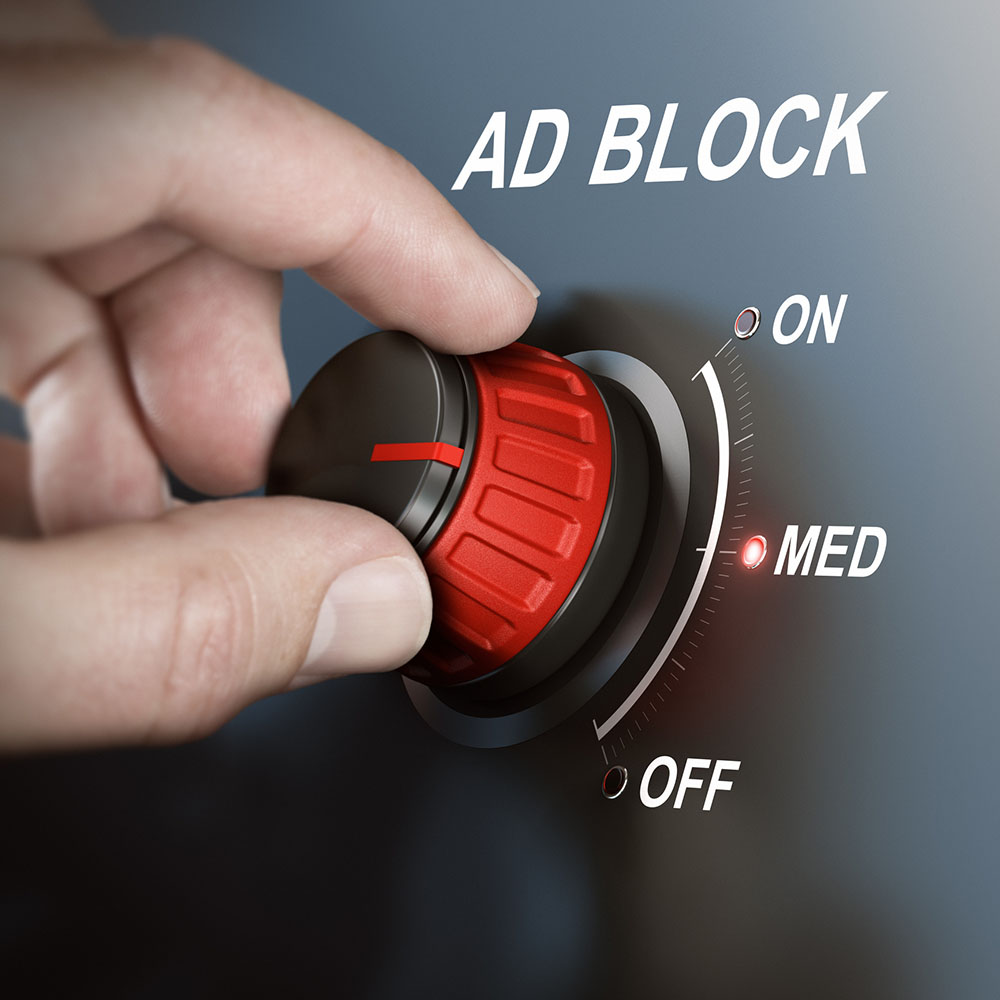
Advertisers and publishers worldwide continue to seek answers to the thorn in their side that is ad blocking.
As consumers grew increasingly wary of overly intrusive and/or promotional ad content on their desktops or mobile screens, global ad blocking grew 30 percent last year, reports a study from PageFair. This year, some 86.6 million people in the U.S. (spanning all ages) are expected to implement forms of software that prevent ads from appearing on websites, search results, and social networks, a situation that could cost publishers some $35 billion by 2020 if not alleviated.
Analysts say the problem could get even worse in the U.S. if Americans further embrace mobile ad-blocking software. To date, 94 percent of ad blocking on mobile takes place in the Asia-Pacific region, but the trend may well spread to the U.S. within the next year as Safari and Chrome begin blocking ads on mobile.
Obviously, such trends remain of huge concern to advertisers and publishers. While we as consumers understand the desire to bypass annoying and/or time-consuming ads, the popularity of ad blocking is disrupting business models that rely on online audience exposure to support entire industries.
While the future of online advertising remains to be seen, advertisers and publishers have fought the issue in the following ways:
* Creating less-intrusive advertising or content that offers more information, entertainment value and/or creativity.
* Outfitting websites to prohibit access to content unless ad blockers are disabled by users. However, the PageFair report found 74 percent of ad-blocker users have responded to such restrictions by simply leaving the sites in question.
* Requiring users to pony up micropayments to access ad-free website information.
* Using technology that counters ad blocking. For example, last year, German tech company Eyeo upgraded its Adblock Plus to suppress all Facebook ads, whereupon Facebook immediately tweaked its code to work around Adblock Plus. Similarly, an Instant Logic product called Ad Integrity can detect ad-blocking software, then immediately switch its ads to unblockable formats.
* Partnering with ad-blocking software firms that allow certain ads if premium prices are paid. (Note: Many consider that practice extortion.)
* Giving phone companies and ISPs choices as to which ads to display, regardless of publisher intent. Last spring, Google, and Apple both announced that future versions of their web browsers Chrome and Safari will automatically block certain ads.
* Educating consumers on the industry-wide impact of ad blocking.
* Creating advocacy groups like the Coalition for Better Ads and Adblock Plus’s Acceptable Ads Committee that support more user-friendly ad standards.
A look forward
Some analysts believe the prevalence of ad blocking will slow or at least stabilize in the U.S. as it seems to be doing in the UK, Asia, and parts of Europe. Others say an effective industry-wide solution has yet to be discovered.
“In theory, ad blocking is the sort of existential threat that should be able to unite every member of an industry ecosystem,” notes Max Willens on Digiday. “But the early returns suggest that publishers, as well as platforms, are looking for a solution that benefits them most.”
Others argue ad blocking isn’t likely to dissipate until ad relevance improves.
“If it is forcing brands to speak with greater meaning, with greater relevance and greater value ultimately to consumers, bring it on,” media agency exec Sanjay Nazerali recently told CNBC. “The ability to throw messages out there that we assume that people are just going to watch, without any sense of the value we are offering people … guess what, they are saying they don’t want it anymore.”
Dial800’s tracking numbers provide a more trustworthy ad experience for users, and DNI online call tracking solutions help support your ad performance targets. Find out more about how we can help by calling 1-800-700-1987.


 CallView360®
CallView360® AI Analytics
AI Analytics AccuRoute®
AccuRoute® BizCloud
BizCloud RapidRecall®
RapidRecall® Integrations
Integrations